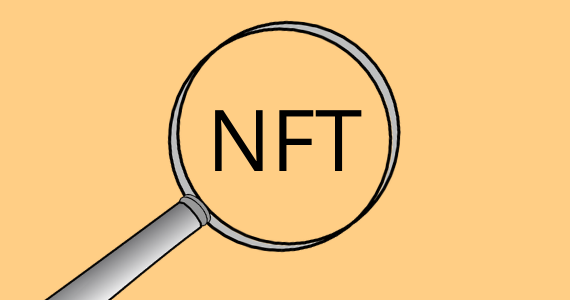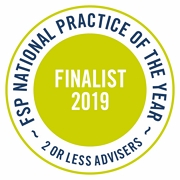NFTs have been circulating in recent headlines, along with words like “blockchain” and “cryptocurrency”. You may have seen them parodied on the U.S. television show Saturday Live or heard them discussed on your favourite podcasts. So what’s all the hype?
-
What’s an NFT
-
What are you actually getting when you buy one
-
What risks are involved in buying an NFT
NFT stands for non-fungible token. Non-fungible is a word used to describe an item or artifact, meaning the item can’t be exchanged with a similar item of the same value. It’s one of a kind. A tangible example of a unique non-fungible item is Van Gogh’s “Starry Night”. Buying a post card, print, or replica doesn’t have the same value as buying the original painting.
If we take the same idea and make it digital, we’re looking at an NFT—which can be almost anything (a game, digital art, music, or sports memorabilia). Similar to fine art, NFTs rely on scarcity.
Creating an NFT involves making and minting it by paying a fee to download the product onto an NFT marketplace. A buyer can then place a bid online to purchase the NFT.
So what do I get when I buy an NFT?
You’re essentially buying a digital receipt of ownership. Anyone can replicate or distribute a copy of the digital art or other item you’ve purchased, but you have the original.
How do I know what I have is unique?
An NFT exists as an encrypted string of data stored on a blockchain ledger. This ledger contains records of who bought sold the NFT and when, which helps authenticate the NFT.
But although you can view an NFT’s ownership history through blockchain, this ledger can’t guarantee authenticity. Sometimes, it’s not the original creator selling the NFT. Someone might steal a creator’s work, mint or download the piece as an NFT, and claim they’re the original creator. Unfortunately, there’s no current way of proving otherwise, unless the true creator steps forward. But even then, some creators have found that their stolen work is still remains available on NFT sites.
Possible impacts of NFTs
There are many risks involved in owning an NFT.
First, there’s the risk you could lose access to the artifact you purchased. Most NFTs don’t house the actual artifact—the object itself is usually found through a link to another site. This means there’s no guarantee the server holding your digital item will remain operational, the owner of the domain will continue to route you to the NFT you bought, or the creator will continue to pay the host to keep their creation online. If the server goes down, or the creator fails to pay to keep their content on the site, you may be left with an expensive “file not found” message instead of the unique item you originally bought.
Additionally, NFTs share the risks of other digital assets:
Liquidity risk
NFTs are unregulated and behave more like fine art than stocks. To off-load an NFT, the seller needs to find a willing buyer. Certain market conditions, like plummeting values, can make it difficult or impossible to sell quickly and at a reasonable price.
Pricing risk
NFTs are traded in decentralized markets. These online marketplaces and exchanges lack the regulations, controls, and investor protections available in traditional stock, options, and futures markets. For these reasons, there’s no single pricing mechanism that reflects digital asset values.
What does Vanguard think?
Vanguard believes NFTs are highly speculative and may not deliver long-term value. Because of the significant risk they carry, we don’t think they’re well-suited for our clients’ portfolios.
While we offer a variety of investments with different strategies, one overarching theme runs through the guidance we provide our clients: Focus on the things within your control. Instead of chasing investment fads, which come and go, follow our four principles for investing success:
-
Create clear, appropriate investment goals
-
Develop a suitable asset allocation using broadly diversified funds
-
Minimize cost
-
Maintain perspective and long-term discipline
If you’d like to understand more about an NFT, call us on (08) 8331 8688.
Source: Vanguard December 2021
Reproduced with permission of Vanguard Investments Australia Ltd
Vanguard Investments Australia Ltd (ABN 72 072 881 086 / AFS Licence 227263) is the product issuer. We have not taken yours and your clients’ circumstances into account when preparing this material so it may not be applicable to the particular situation you are considering. You should consider your circumstances and our Product Disclosure Statement (PDS) or Prospectus before making any investment decision. You can access our PDS or Prospectus online or by calling us. This material was prepared in good faith and we accept no liability for any errors or omissions. Past performance is not an indication of future performance.
© 2021 Vanguard Investments Australia Ltd. All rights reserved.
Important:
Any information provided by the author detailed above is separate and external to our business and our Licensee. Neither our business nor our Licensee takes any responsibility for any action or any service provided by the author. Any links have been provided with permission for information purposes only and will take you to external websites, which are not connected to our company in any way. Note: Our company does not endorse and is not responsible for the accuracy of the contents/information contained within the linked site(s) accessible from this page.





